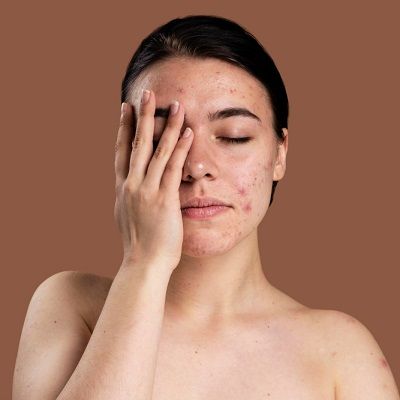Oily skin is often prone to acne breakouts due to excess sebum production, clogged pores, and inflammation. Unfortunately, once active acne clears, it may leave behind unsightly marks or scars that affect one’s confidence and skin texture. These scars vary in depth and shape, including ice-pick scars, rolling scars, and boxcar scars. Those with oily skin often struggle to find the right balance between managing oil levels and addressing scars. This becomes even more challenging in hot and humid environments. That’s why Acne Scar Treatment In Dubai has gained popularity, offering targeted solutions suitable for oily and acne-prone skin types.
Why Oily Skin Is More Prone to Scarring
Oily skin can accelerate acne scarring due to several factors. Excess oil can trap dirt, dead skin cells, and bacteria in the pores, leading to more intense breakouts. More severe or cystic acne is more likely to damage skin tissue and result in permanent scars. Additionally, oily skin may prolong the healing process due to ongoing inflammation and clogged pores. This constant cycle of breakouts and healing increases the risk of developing both post-inflammatory hyperpigmentation and deeper scarring.
Types of Acne Scars Common with Oily Skin
Atrophic Scars
These include ice-pick, boxcar, and rolling scars. They are more common in people with oily and acne-prone skin. They form when there is a loss of tissue, creating indented marks.
Post-Inflammatory Hyperpigmentation
These are dark or red spots left behind after a pimple heals. While not true scars, they are a common concern for people with oily skin and can take weeks or months to fade.
Hypertrophic or Keloid Scars
Less common but can occur when the skin overproduces collagen during healing, especially in areas with frequent acne.
The Role of Skincare in Scar Reduction
Proper skincare plays a vital role in managing and treating acne scars, especially on oily skin. It’s important to focus on products that are non-comedogenic, lightweight, and specifically formulated to balance oil while promoting skin regeneration.
Gentle Cleansing
Using a mild cleanser helps remove excess oil and impurities without stripping the skin. Harsh cleansers can irritate the skin and worsen scars.
Exfoliation
Chemical exfoliants containing AHAs or BHAs help to dissolve dead skin cells, reduce clogged pores, and fade pigmentation over time. However, over-exfoliation should be avoided to prevent inflammation.
Hydration and Barrier Support
Even oily skin needs hydration. A lightweight, oil-free moisturizer can help maintain the skin barrier and support healing. Skipping moisturizer may lead to overproduction of oil, making acne worse.
Advanced Acne Scar Treatments for Oily Skin
When skincare alone isn’t enough, several advanced dermatological treatments can target deeper acne scars. These procedures are often recommended for oily skin, as they can help resurface the skin, boost collagen, and reduce sebum production.
Chemical Peels
Chemical peels use controlled acids to exfoliate the outer layer of skin and stimulate new cell growth. For oily skin, peels like salicylic acid or glycolic acid are often used to unclog pores and reduce pigmentation.
Microneedling
Microneedling uses tiny needles to create micro-injuries in the skin, stimulating collagen production. It helps in breaking down scar tissue and is suitable for all skin types, including oily skin. Over time, it improves texture and reduces scar depth.
Laser Resurfacing
Fractional lasers or CO2 lasers are commonly used for deeper scars. They remove damaged skin and promote collagen growth. Oily skin typically responds well to laser treatments, especially when followed by proper aftercare.
Radiofrequency Microneedling
A modern variation of microneedling that combines radiofrequency energy with traditional needles. It targets deeper layers and is particularly effective for stubborn atrophic scars, often found in oily skin.
Combining Treatments for Best Results
Often, the best approach to treating acne scars on oily skin is a combination of therapies. Dermatologists may recommend multiple sessions of microneedling, followed by chemical peels or laser treatments depending on scar type and skin response. Customizing treatment plans is especially important for oily skin, which may react differently to certain procedures or require longer recovery times.
Final Thoughts
Treating acne scars on oily skin requires patience, consistency, and the right combination of treatments. While skincare forms the foundation, professional procedures can significantly enhance results and improve skin texture over time. With so many advanced options available and tailored treatments for different skin types, even those with oily and scar-prone skin can achieve smoother, clearer skin with the right approach.
